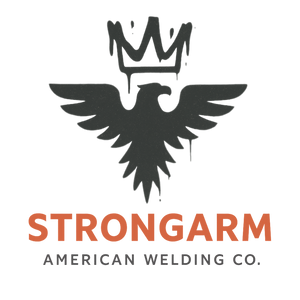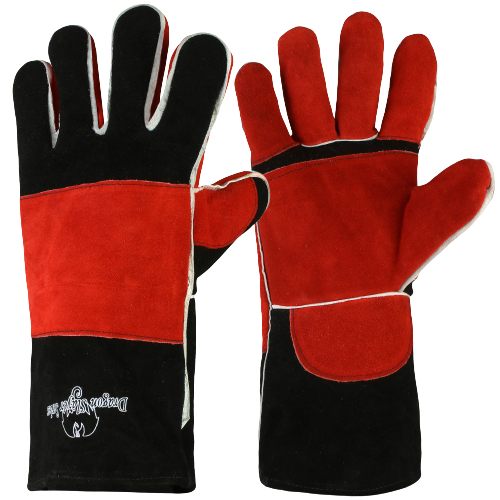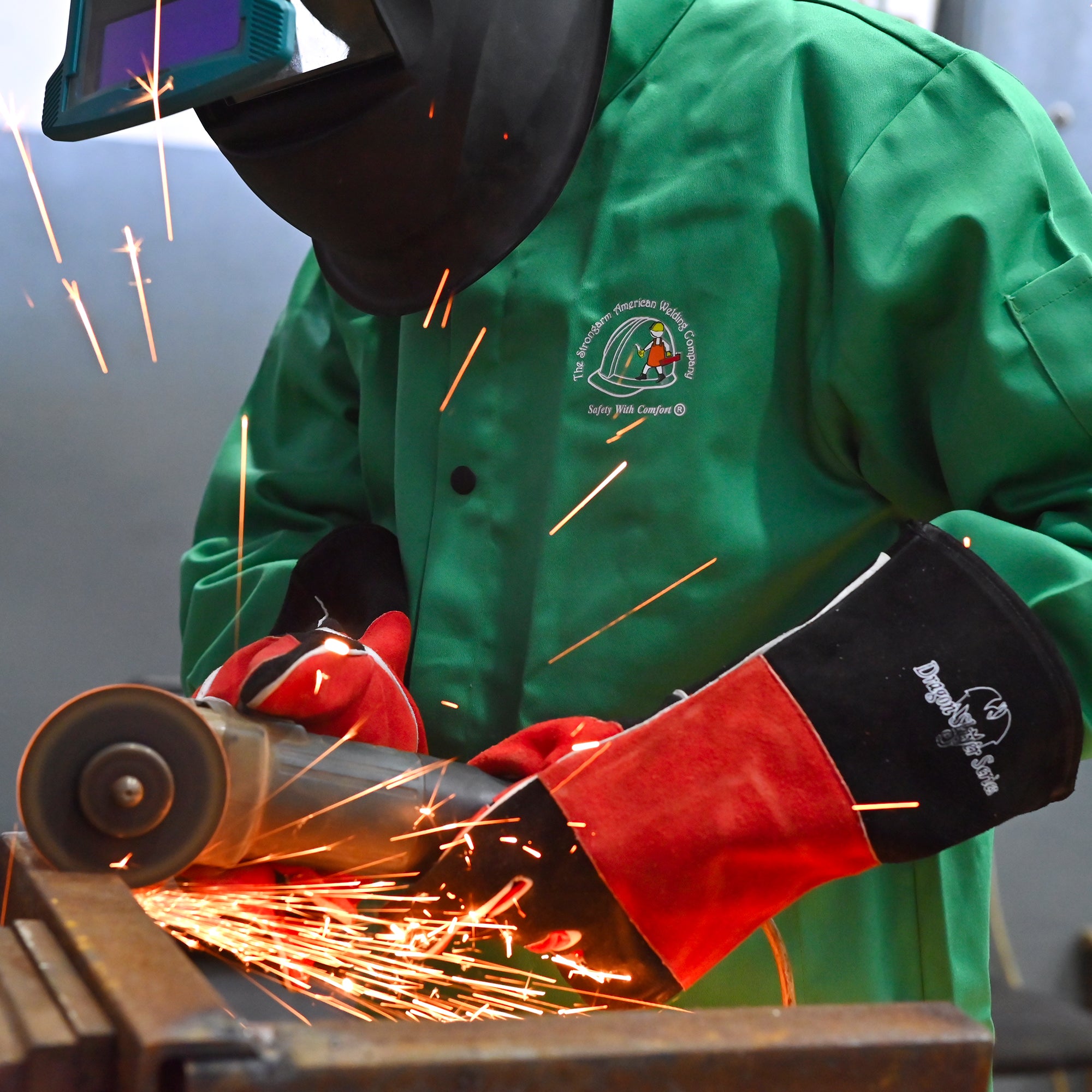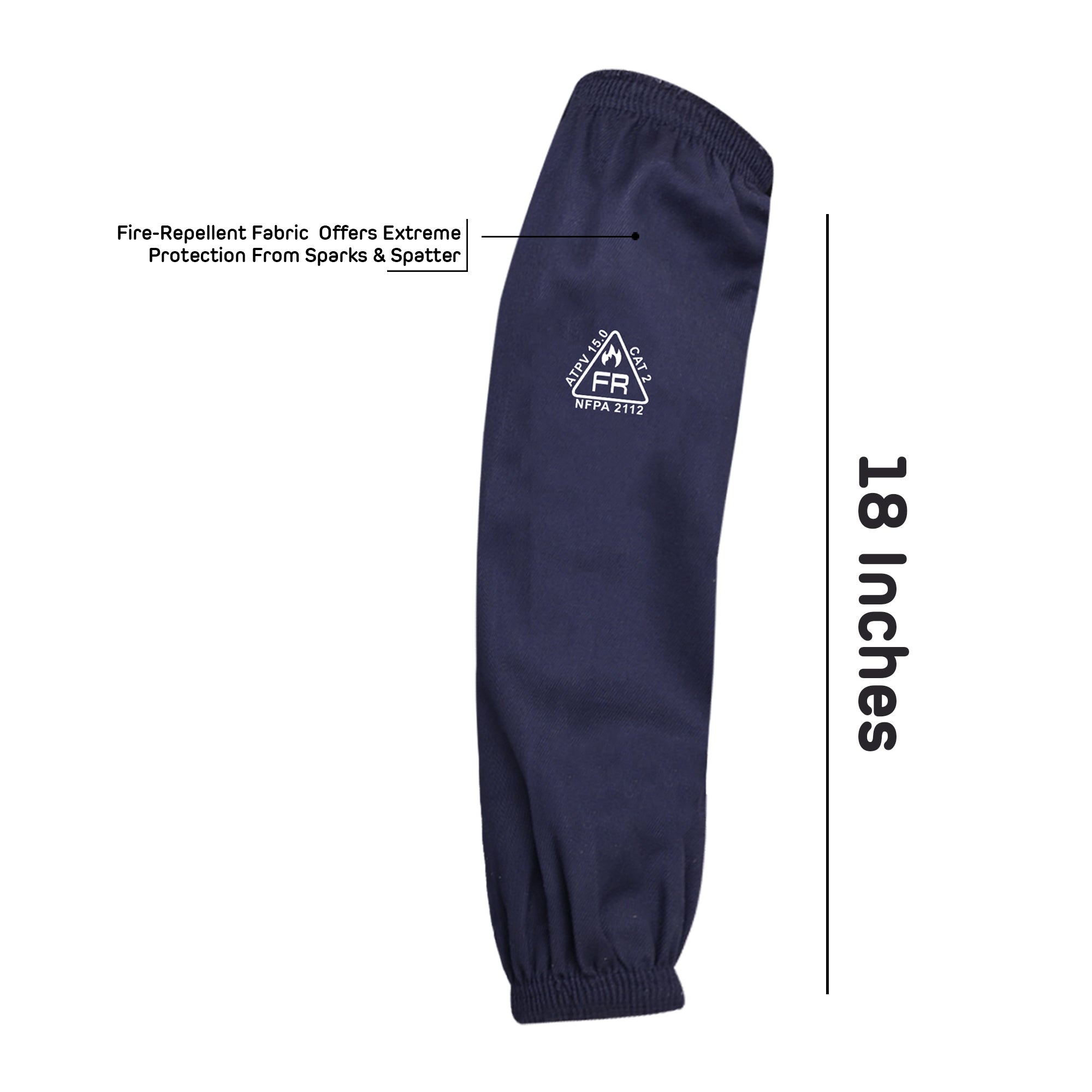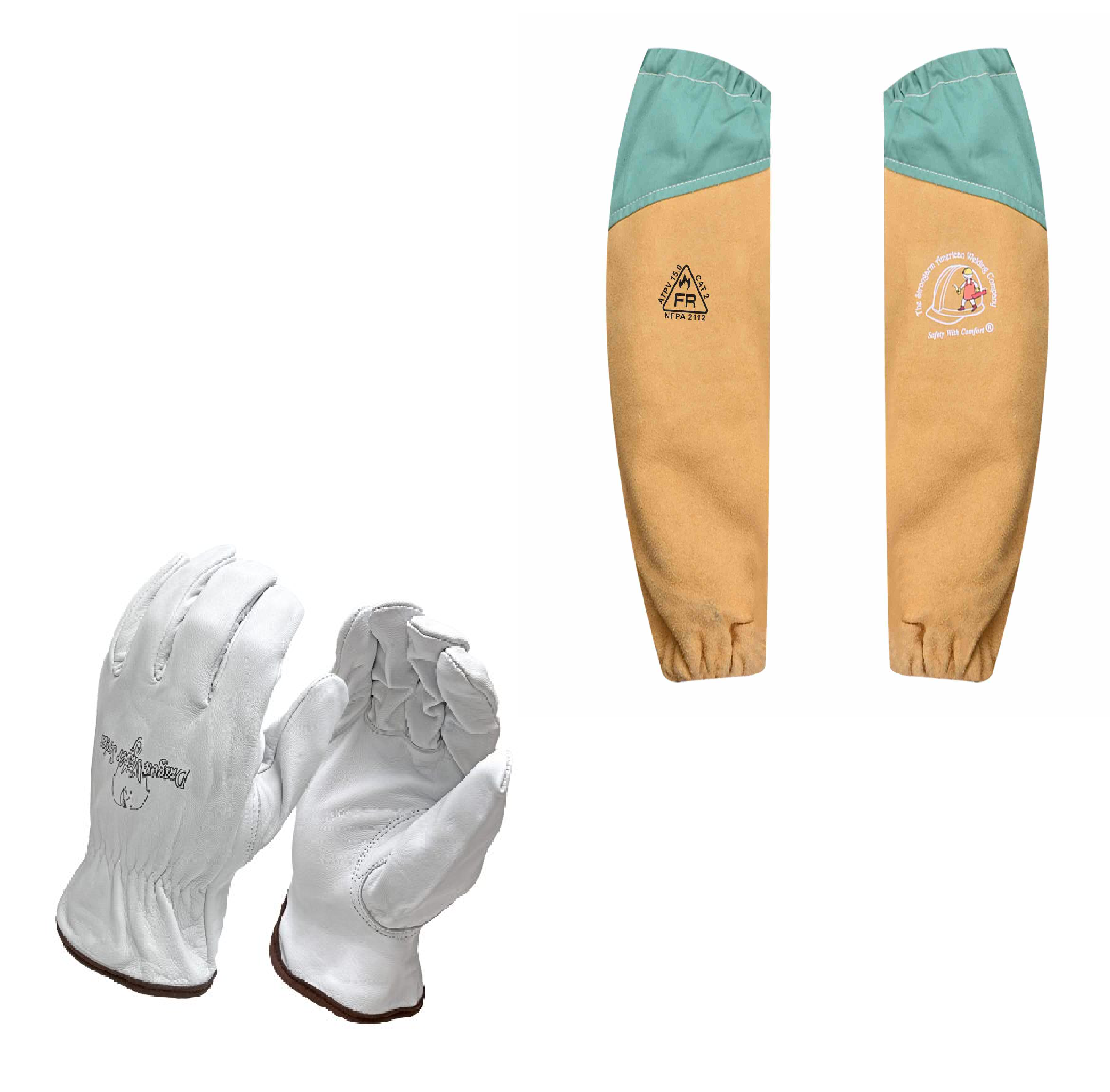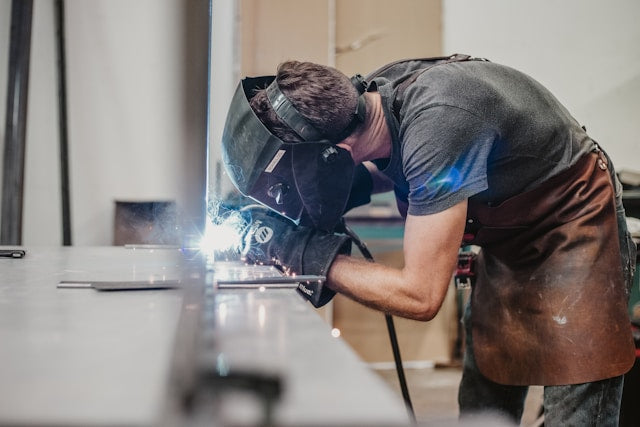Welding is a process used in many industries to join and cut metals. However, welding can also be hazardous and cause serious injuries or even death if proper safety precautions are not taken.
This article will provide an overview of the welding apron safety concerns surrounding welding, cutting, brazing, and soldering work and how workers can protect themselves by following proper procedures, using protective equipment, and being aware of their surroundings.
Welding Apron Safety Best Practices
Welding aprons are a barrier between the welder's body and potential hazards such as sparks, spatter, and heat. They are typically made from durable materials like leather or flame-resistant fabrics to withstand the harsh conditions of welding environments. Welding apron precautions protect the welder from burns and injuries and prevent damage to clothing and skin.
Here are some best welding apron guidelines for using welding aprons effectively:
Personal Protective Equipment (PPE)
- Wear appropriate PPE, including welding helmets with proper shading lenses, safety glasses, flame-resistant clothing, gloves, and steel-toed boots.
- Use respiratory protection, such as a respirator, when working in poorly ventilated areas or when exposed to fumes and gasses.
Workspace Preparation
- Ensure the work area is clean, well-ventilated, and clutter-free to minimize the risk of fire hazards and accidents.
- Use welding screens or curtains to protect nearby workers from sparks, arcs, and UV radiation.
Fire Prevention
- It is important to have a fire extinguisher nearby to ensure it is in good working condition.
- Remove combustible materials from the work area and have a designated area for storing flammable materials.
Electrical Safety
- Inspect welding equipment regularly for damaged cords, frayed wires, or faulty connections, and repair or replace them as needed.
- Avoid welding in wet conditions to prevent electrical shock.
Safe Welding Techniques
- Follow proper welding techniques and procedures outlined in training programs.
- Use the appropriate welding process, filler materials, and settings for the specific job and welded materials.
- Maintain a safe distance from the welding arc to prevent eye injuries and burns.
Ventilation
- Ensure adequate ventilation in the workspace to remove welding fumes and gasses, which can be harmful if inhaled.
- Use local exhaust ventilation or work in well-ventilated areas to reduce the risk of breathing in harmful pollutants.
Material Handling
- Use proper lifting techniques and equipment to prevent strains and injuries when handling heavy materials and welding equipment.
- Ensure firmly secure workpieces before welding to avoid potential shifting or falling hazards.
Training and Education
- Provide comprehensive training to welders on safe work practices, hazards, and emergency procedures.
- Encourage continuous learning and certification to stay updated on safety standards and techniques.
Emergency Preparedness
- Develop and communicate emergency procedures, including evacuation routes and first aid protocols.
- Ensure all workers know how to respond to accidents, injuries, fires, or other emergencies.
Regular Maintenance
- Perform regular maintenance and inspections on welding equipment to ensure it functions properly and safely.
- Address any issues or defects promptly to prevent accidents or breakdowns during operation.
Welding and Cutting Hazards Examples
Welding apron safety involves identifying and eliminating hazards before beginning job tasks to maintain a safe work environment. The four most common health and safety hazards of welding include:
Exposure to Fumes and Gasses
When someone is exposed to welding fumes and gasses for too long, it can cause serious health problems, such as respiratory illnesses, cancer, and difficulty speaking and moving. However, by following safety precautions, exposure can be controlled.
Physical Hazards
When welding, workers face many physical hazards that can cause serious injuries, such as burns, cuts, crushed fingers and toes, and damage to the eyes. It's essential to provide them with the necessary Personal Protective Equipment (PPE) and other safety measures to keep workers safe.
Electric Shock
Welders face a great risk of electrocution. The sudden flow of electricity into a person's body can cause severe injury or death. However, there are basic precautions that can minimize the risk of electrocution during welding.
Fire and Explosion
Flammable materials are the primary cause of fire in a workspace. To prevent this, it is important to maintain a clean working area and follow safety measures before welding. It is crucial to know the location of fire alarms, emergency exits, and fire extinguishers in a fire.
FAQS
Why is wearing a welding apron important?
Welding aprons protect against sparks, spatter, and heat generated during welding. They act as a barrier to prevent burns and injuries to the wearer's body.
What material should the welding apron be made of?
Welding aprons should be made of flame-resistant materials such as leather or heavy-duty cotton to withstand high temperatures and sparks.
Should I wear additional protective gear along with the welding apron?
It's essential to wear additional personal protective equipment (PPE) such as welding gloves, a helmet with a proper shade lens, safety glasses, and steel-toed boots to ensure comprehensive protection.
How should I properly wear a welding apron?
Ensure the apron fits securely around your body and covers the torso and upper legs completely. Fasten straps or closures tightly to prevent the apron from slipping or shifting during welding.
Are there specific care instructions for maintaining welding aprons?
Follow the manufacturer's instructions for cleaning and maintaining your welding apron. Leather aprons can typically be wiped clean with a damp cloth, while cotton aprons may be machine-washable.
